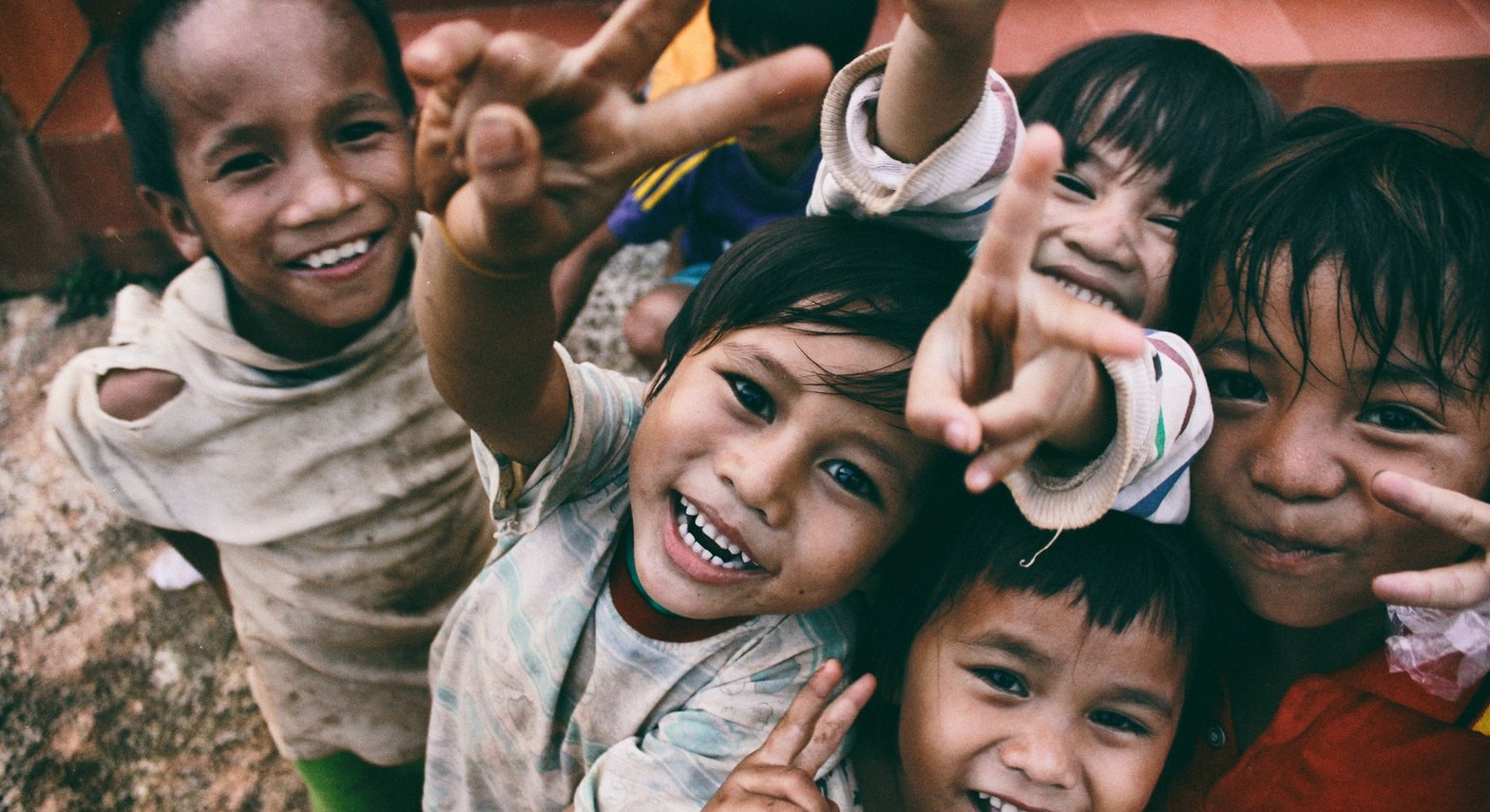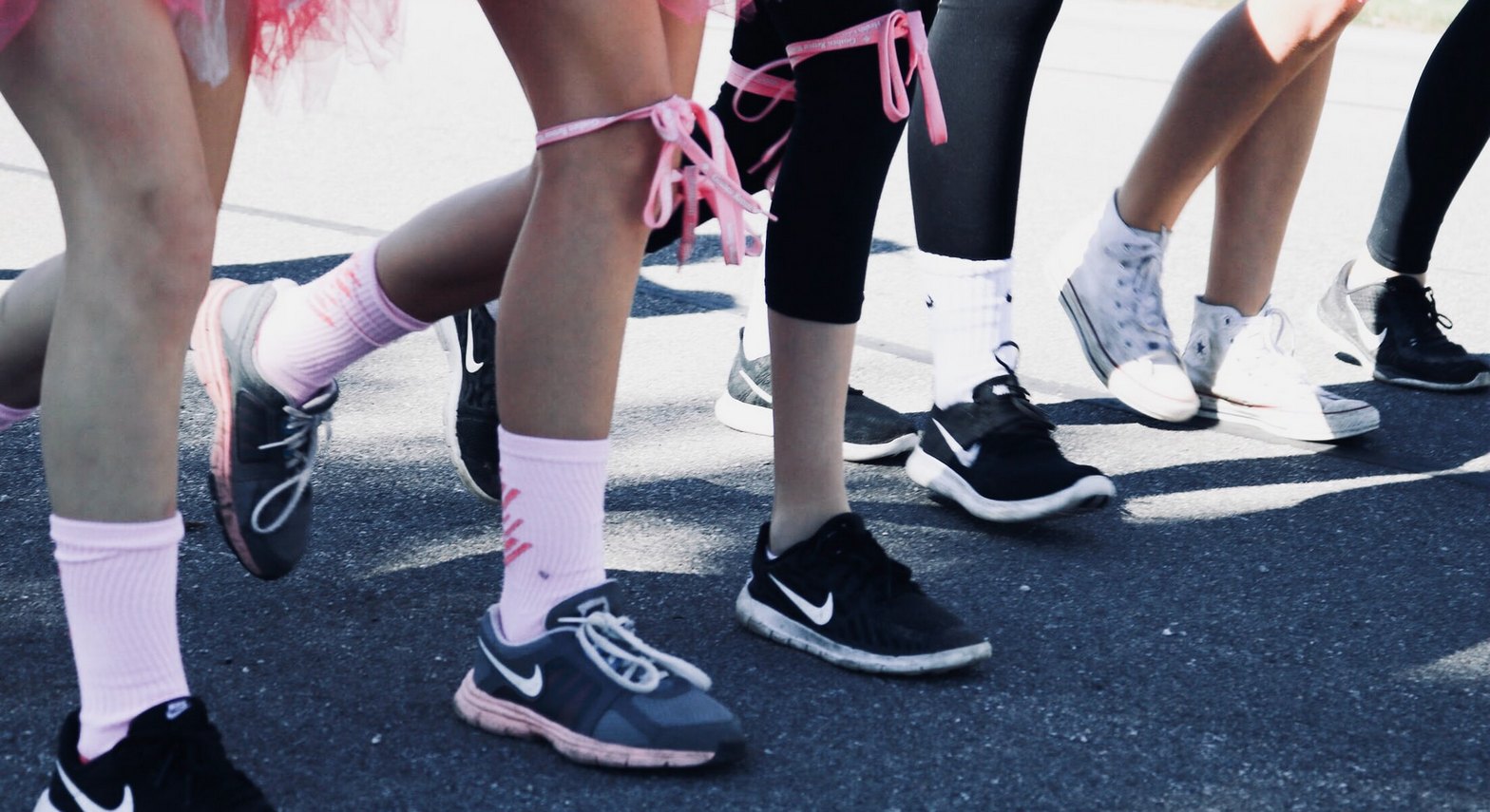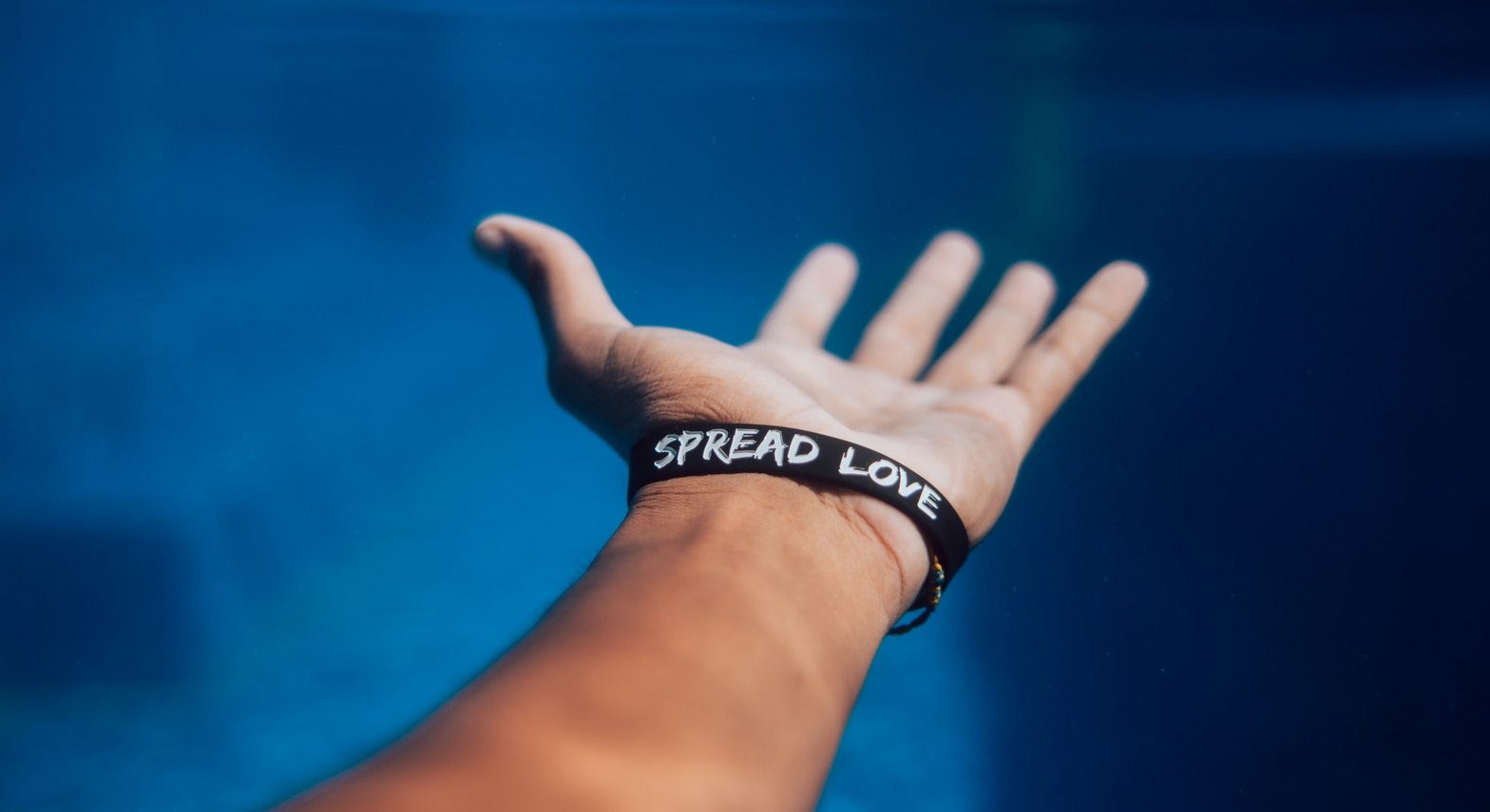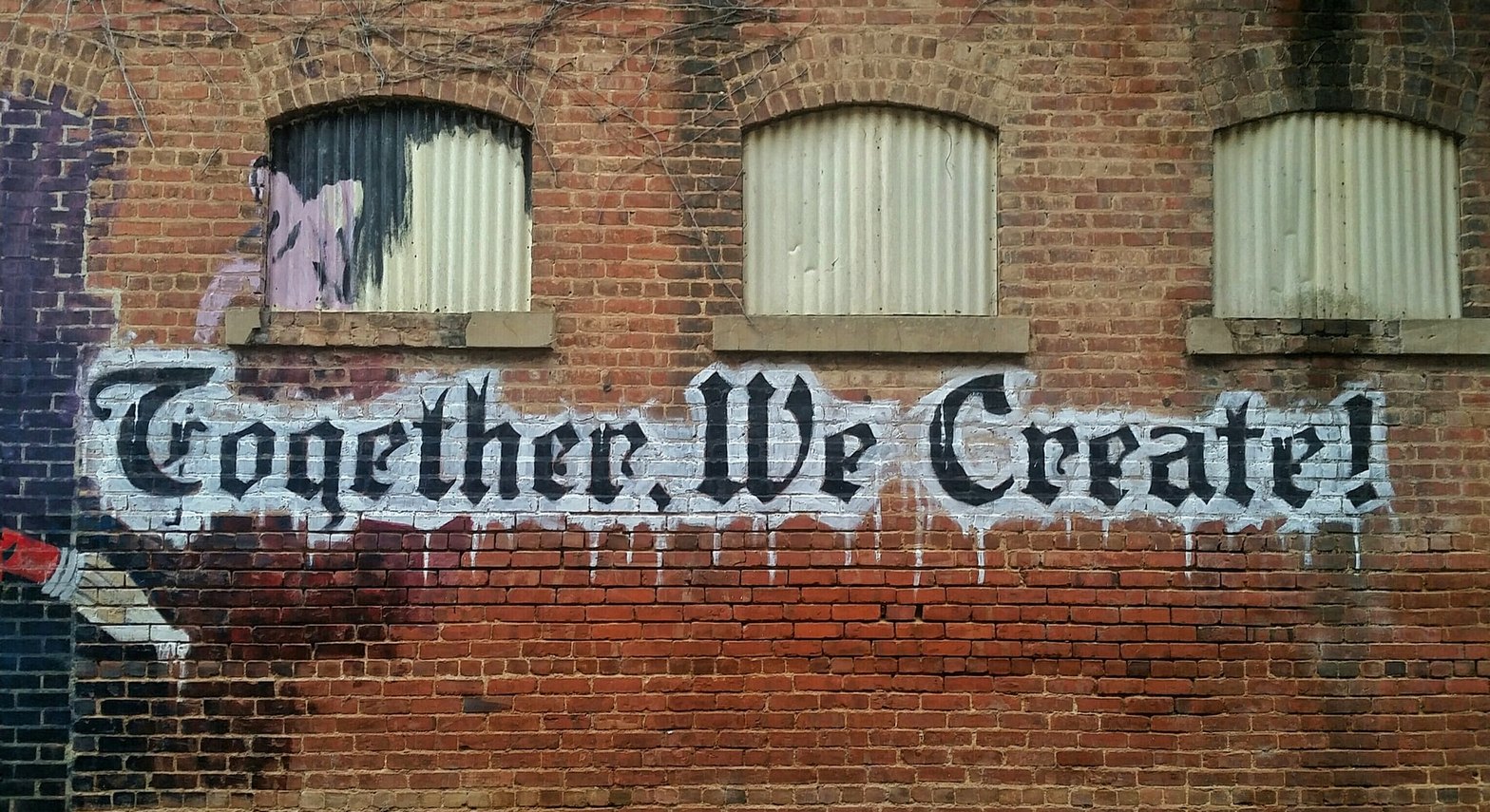Teaching Children About Philanthropy: Why It’s Important and How to Get Started
Philanthropy is the act of giving time, money, or resources to support charitable causes or people in need. It’s a way to make a positive impact on the world and help others, and it can take many different forms. From donating to a local food bank to volunteering at a homeless shelter, philanthropy is an important part of building stronger, healthier communities.
Children are our future, and teaching them about philanthropy is critical to building a better world. When children learn about giving back, they develop empathy, compassion, and a sense of responsibility. They learn to appreciate what they have and recognize the needs of others. Philanthropy also helps children build a stronger connection to their community and understand the importance of working together to make a difference.
Teaching children about philanthropy is an essential part of raising socially conscious, compassionate individuals who will make a positive impact on the world.
The Benefits of Teaching Children About Philanthropy
When children learn about philanthropy, they develop empathy and compassion for others. They learn to see the world from different perspectives and understand the challenges that people face. This helps them become more caring and compassionate individuals who are able to build stronger relationships with others.
Philanthropy teaches children the importance of giving back to their community. When they see how their actions can make a positive impact, they become more motivated to help others and make a difference in the world.
Philanthropy also helps children understand the needs of others. When they learn about the challenges that people face, they become more aware of the inequalities in society and are better equipped to address them.
Philanthropy helps children develop a sense of responsibility and accountability. When they understand the impact of their actions, they become more invested in making a positive difference and take ownership of their role in building a better world.
Philanthropy helps children build a stronger connection with their community. When they volunteer or give back, they meet new people and become more engaged with the world around them. This helps them develop a deeper appreciation for their community and become more invested in its success.
How to Teach Children About Philanthropy
The first step in teaching children about philanthropy is to have age-appropriate conversations about giving. Start with simple concepts like sharing and helping others, and gradually build up to more complex ideas as they get older.
Hands-on experiences and volunteer opportunities are a great way to teach children about philanthropy. Whether it’s volunteering at a local charity or participating in a community service project, children learn best by doing.
Stories and media are a great way to introduce children to philanthropy. There are many books, movies, and TV shows that teach children about the importance of giving back and making a difference.
Creating family traditions around giving back is a great way to make philanthropy a regular part of your children’s lives. This could include volunteering together, donating to a specific charity every year, or making care packages for those in need.
Emphasizing the impact of small acts of kindness can help children understand that even small gestures can make a big difference. This can include things like holding the door for someone, saying thank you, or simply smiling at a stranger.
How to Teach Children About Philanthropy Birthday party as an example
One great way to teach children about philanthropy is to incorporate it into their birthday celebrations. Here are some steps you can take to use a birthday party as an example to teach children about philanthropy:
Choose a Cause
The first step is to choose a cause or charity that your child is passionate about. This could be anything from supporting local animal shelters to donating to a children’s hospital. You can work with your child to research different organizations and causes and choose one that resonates with them.
Make it a Theme
Incorporate the chosen cause into the theme of the party. This could include decorations, games, and activities that highlight the importance of philanthropy and raise awareness for the chosen cause.
Encourage Donations
Instead of traditional birthday gifts, encourage guests to make a donation to the chosen charity. You can set up a donation page or provide information on how to donate directly to the organization. This is a great way to teach children about giving back and making a difference.
Host a Charity Drive
In addition to encouraging donations, you can also host a charity drive at the party. This could include collecting items like pet food, blankets, or toys to donate to a local animal shelter. Children can work together to organize and collect items and then deliver them to the chosen organization.
Volunteer
Consider incorporating a volunteer activity into the party. This could include volunteering at a local food bank or animal shelter, or even doing a neighborhood cleanup. This is a great way for children to see the impact of their actions and get involved in their community.
Practice Gratitude
Encourage children to practice gratitude by writing thank-you notes to their guests and to the chosen charity. This is a great way to reinforce the importance of giving back and recognizing the impact of others’ actions.
Overall, incorporating philanthropy into a birthday party is a great way to teach children about the importance of giving back and making a positive impact in the world. By choosing a cause, making it a theme, encouraging donations, hosting a charity drive, volunteering, and practicing gratitude, children can develop the skills and values they need to become active and engaged members of their community. In the same way, receiving words of gratitude and birthday greetings, the child learns to accept such speeches.
It is not very important if it is a multinational holiday, and congratulations and gratitude will be pronounced in different languages. For example, in Spanish – congratulations on your birthday my friend will sound like: feliz cumpleaños amigo and in Japanese it would be: ハッピーバースデーマイフレンド.
Philanthropic Activities for Children
Organizing a charity drive or fundraiser is a great way for children to make a tangible impact in their community. This could include collecting food for a local food bank, raising money for a charity, or organizing a coat drive for the homeless.
Volunteering at a local organization or event is another way for children to get involved in philanthropy. This could include volunteering at a soup kitchen, helping out at a local animal shelter, or participating in a beach cleanup.
Donating unused toys or clothes to those in need is a great way for children to learn about giving back. They can go through their belongings and choose items that they no longer need or use, and donate them to a local charity or shelter.
Participating in a community service project is a great way for children to learn about the needs of their community and get involved in making a difference. This could include things like planting trees, painting a community center, or helping to clean up a park.
Creating care packages for the homeless or elderly is another way for children to get involved in philanthropy. They can put together packages with basic necessities like toiletries, snacks, and warm clothing, and donate them to a local shelter or community center.
Overcoming Challenges and Obstacles
Financial constraints can be a challenge when it comes to philanthropy, but there are still many ways to get involved without spending a lot of money. Encouraging children to volunteer their time or donate items they no longer need is a great way to give back without breaking the bank.
Finding age-appropriate opportunities can also be a challenge, but there are many resources available for families looking to get involved in philanthropy. Local charities and community centers often have programs specifically for children, and there are many online resources that can help families find age-appropriate volunteer opportunities.
Dealing with potential disappointment or setbacks is a natural part of philanthropy, but it’s important to help children understand that their efforts still make a difference. Encouraging them to focus on the positive impact they’re making, rather than any setbacks, can help keep them motivated and engaged.
Navigating different family values or beliefs can also be a challenge, but it’s important to find common ground and work together to find ways to give back. Encouraging open and honest conversations about philanthropy and its importance can help families find ways to make a positive impact together.
ALSO READ: Training Flat For Orphans.
Conclusion
Teaching children about philanthropy is an essential part of raising socially conscious, compassionate individuals who will make a positive impact on the world. By developing empathy and compassion, learning to give back to the community, understanding the needs of others, and building a stronger connection with the community, children can become active participants in building a better world.
Getting started with philanthropy can seem daunting, but there are many ways to get involved and make a difference. Whether it’s volunteering, donating, or simply practicing small acts of kindness, every effort counts and can have a positive impact on the world.
As parents, educators, and community members, it’s our responsibility to teach children about the importance of giving back and help them develop the skills and values they need to make a difference. By working together and creating a culture of philanthropy, we can build stronger, healthier communities and empower the next generation of change-makers.








